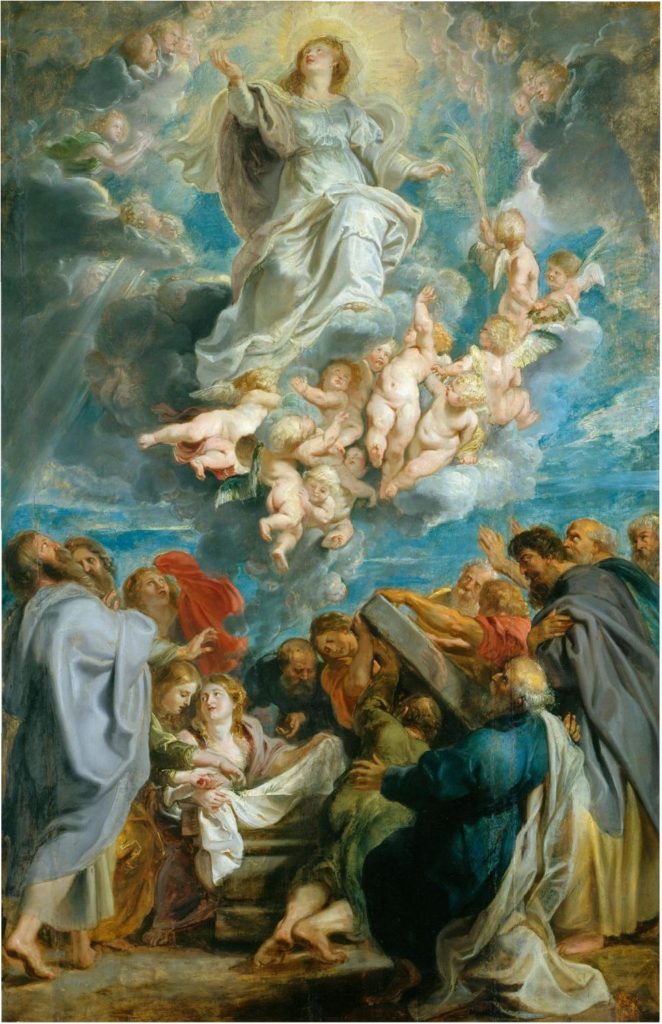The Book of Revelation, in parts at least, reads like an action-adventure movie. Chapter 11 ends with a cliffhanger and the promise of a very big reveal in the verses to come.
“Then God’s temple in heaven was opened, and the Ark of his Covenant was seen within his temple. …”
Now, those of us who grew up with Indiana Jones know the kind of suspense that line can generate even now. Just imagine the excitement it roused in the first century A.D.
The Ark of the Covenant, built to hold the relics of the Exodus, had not been seen in centuries. It disappeared from historical records after the Babylonian conquest of Jerusalem in 586 B.C. According to the Second Book of Maccabees (2:4–10), the prophet Jeremiah had hidden it in a cave to protect it from the invading army, and it was never recovered.
But now comes John the Seer, and he claims to have seen it.
What he describes, however, corresponds to no other description of the Ark. What he saw was not a golden box topped by a mercy seat.
John says instead that he saw “a woman clothed with the sun, with the moon under her feet, and on her head a crown of twelve stars; she was with child” (12:1–2).
Wait. He promised us the Ark, but he showed us a woman. What happened here?
It’s a riddle, and the solution is to be found in another book of the New Testament.
At the beginning of Luke’s Gospel we also find a woman. Her name is Mary, and like the woman in Revelation she is pregnant.
But as Luke tells her story, he draws from Old Testament stories … not about a woman, but about a box: the Ark of the Covenant. He sets up subtle parallels between Mary’s visitation and David’s effort to bring the Ark to Jerusalem (see 2 Samuel 6).
Luke tells us that Mary “arose and went” into the hill country (Luke 1:39), just as David “arose and went” into the same region to retrieve the Ark (2 Samuel 6:2). When Mary arrived, Elizabeth was struck by awe and unworthiness before Mary (Luke 1:43) as David had felt before the Ark (2 Samuel 6:9).
Parallels continue as the joy of this encounter causes the preborn John to leap (Luke 1:41), much as David danced with excitement before the Ark (2 Samuel 6:16).
Finally, Luke adds that Mary stayed in the “house of Zechariah” for “three months” (Luke 1:40, 56), recalling how the Ark was stationed in the “house of Obed-edom” for “three months” (2 Samuel 6:11).
Taken together, these parallels show us that Mary now assumes a role in salvation history that was once played by the Ark of the Covenant. Like this golden chest, she is a sacred vessel where the Lord’s presence dwells intimately with his people. (I bring out many more parallels in the Ignatius Catholic Study Bible.)
In the end, however, she rises above the hill country and even above Mount Zion as she is assumed to heaven, and there she awaits and intercedes for “the rest of her offspring” (Revelation 12:17).
These are good reasons we celebrate on Aug. 15.

